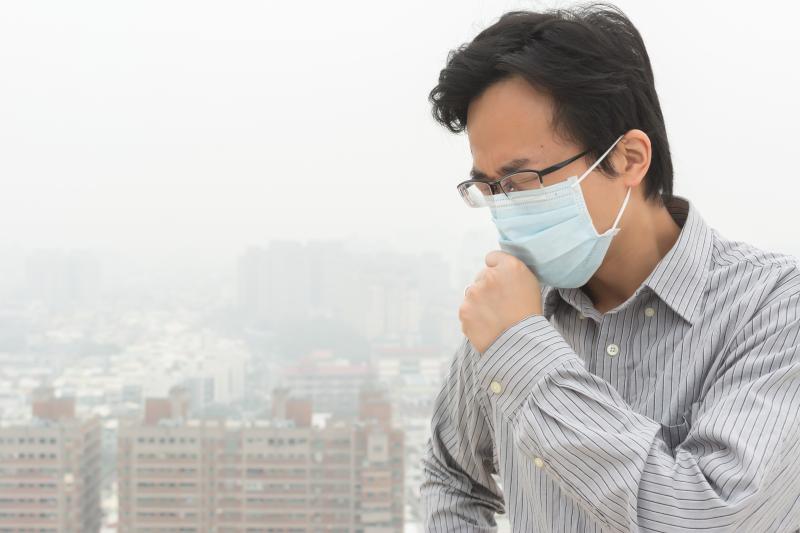
The risk of sustained spread of COVID-19 appears to be high in the presence of heavy air pollution but weakened by warm weather, a study has found.
“Air pollution has been an ongoing research focus as it is a major environmental threat to human health. Sufficient evidence has tightly linked ambient air pollution to occurrence of numerous respiratory diseases, such as COPD and asthma… [as well as] infectious diseases transmission,” according to researchers. [Int J Chron Obstruct Pulmon Dis 2009;4:233-243; Int J Environ Res Public Health 2016;13:378; Environ Int 2020;doi:10.1016/j.envint.2020.105668]
Furthermore, there are previous reports implicating meteorological parameters (eg, ambient temperature and relative humidity) in the spread of multiple virus, including influenza A and coronavirus, they said. [BMC Infect Dis 2016;16:650; J Clin Virol 2018;101:52-56]
In the current analysis, the researchers examined potential environmental factors that could impact SARS-CoV-2 transmission, including air quality index (AQI), ambient air pollutants (PM2.5, PM10, NO2, and CO), and meteorological variables (daily temperature, highest temperature, lowest temperature, temperature difference, and sunshine duration). They used COVID-19 incidence data in Wuhan and XiaoGan from 26 January to 29 February 2020.
The AQI value was moderate for both Wuhan and XiaoGan (mean, 63.63 and 71.58, respectively). The highest and lowest daily COVID-19 incidences were 1,690 cases on 16 February and 80 cases on 26 January in Wuhan, and 424 on 5 February and none on 29 February in XiaoGan. AQI was strongly linked to the incidence of infection in both cities (p<0.05 and p<0.01). [Int J Infect Dis 2020;doi:10.1016/j.ijid.2020.05.076]
Among the pollutants, associations with COVID-19 incidence were strongly observed for PM2.5 and NO2. In Wuhan, the association was pronounced for NO2 (p<0.01). In XiaoGan, correlations for PM2.5 (p<0.01), NO2 (p<0.05), and PM10 (p<0.05) emerged.
Temperature was the only meteorological parameter linked to COVID-19 in both Wuhan and XiaoGan. More importantly, the association observed was inverse, such that higher incidences of infection were noted at lower temperatures, and vice versa. (p<0.05).
Air pollution could potentiate the transmission ability of SARS-CoV-2 in multiple ways, the researchers said.
First, particulate matters (PMs) may impair the integrity of human respiratory barrier, leading to increased susceptibility to invasion by foreign pathogens. In other instances, solid and liquid particles suspended in air cluster together to form condensation nuclei for viral attachment. Lastly, nitrogen dioxide exposure can reduce host immunity and thus significantly increase infection risk, similar to the effect of PMs. [J Appl Toxicol 2018;38:678-687; Part Fibre Toxicol 2014;11:57; Public Health 2018;156:92-100]
With regard to temperature, a recent report has shown that SARS-CoV-2 transmits more efficiently in winter than summer, which agrees with the results of the present study, “as temperature seems to decrease the incidence of COVID-19, indicating an inhibitory effect [of the variable] on … transmission,” the researchers pointed out.
“This phenomenon might be related to lifestyle as people tend to huddle indoors together during winter season. Future study needs to investigate the direct effect of temperature on viral activity as well,” they added.
The researchers also emphasized the value of personal protective devices, especially the face mask, to cut the risk of transmission in highly polluted regions.